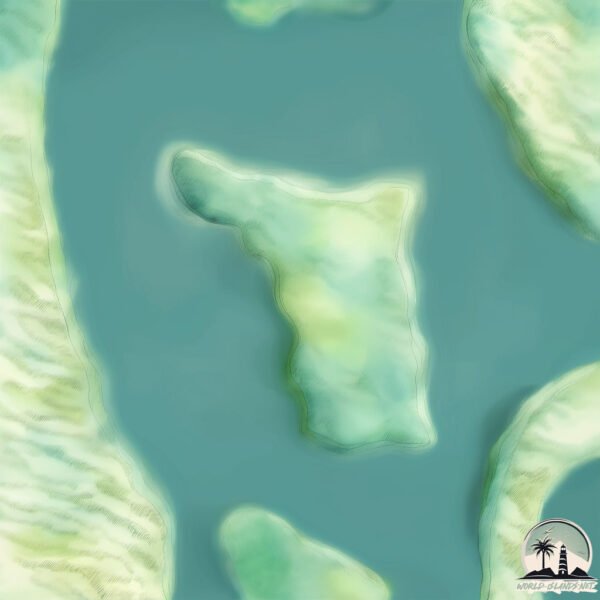Welcome to Wave Break , a Temperate island in the Coral Sea, part of the majestic Pacific Ocean. This guide offers a comprehensive overview of what makes Wave Break unique – from its geography and climate to its population, infrastructure, and beyond. Dive into the details:
Geography and size of Wave Break
Size: 0.469 km²Coastline: 3.6 kmOcean: Pacific OceanSea: Coral SeaContinent: Oceania
Wave Break is a Tiny Island spanning 0.469 km² with a coastline of 3.6 km.
Archipel: –
Tectonic Plate: Australia – A major tectonic plate covering Australia, New Zealand, and parts of the Indian and Pacific Oceans, known for its relative stability and occasional seismic activity.
The geographic heart of the island is pinpointed at these coordinates:
Climate and weather of Wave Break
Climate Zone: TemperateClimate Details: Humid Subtropical ClimateTemperature: Hot Summer
Climate Characteristics: With continuous rainfall and hot summers, this climate is common in some coastal regions, supporting diverse vegetation.
Topography and nature of Wave Break
Timezone: UTC+10:00Timezone places: Australia/SydneyMax. Elevation: 2 m Mean Elevation: 1 mVegetation: Herbaceous CoverTree Coverage: 43%
The mean elevation is 1 m. The highest elevation on the island reaches approximately 2 meters above sea level. The island is characterized by Plains: Flat, low-lying lands characterized by a maximum elevation of up to 200 meters. On islands, plains are typically coastal lowlands or central flat areas.
Dominating Vegetation: Herbaceous Cover
Vegetation: 2 vegetation zones – Low Diversity Island
Infrastructure and Travelling to Wave Break
Does the island have a public airport? no .
Does the island have a major port? no .
The mean population of Wave Break is 196 per km². Wave Break is Moderately Inhabited. The island belongs to Australia .
Continuing your journey, South Stradbroke is the next notable island, situated merely km away.
Error 403 The request cannot be completed because you have exceeded your
quota . : quotaExceeded
Australia is classified as Developed region: nonG7: Developed economies outside of the Group of Seven, characterized by high income and advanced economic structures. The level of income is High income: OECD.
News – Latest Updates and Headlines from Wave Break
Stay informed with the most recent news and important headlines from Wave Break. Here’s a roundup of the latest developments.
Loading...
Please note: The data used here has been primarily extracted from satellite readings. Deviations from exact values may occur, particularly regarding the height of elevations and population density. Land area and coastline measurements refer to average values at mean high tide.

